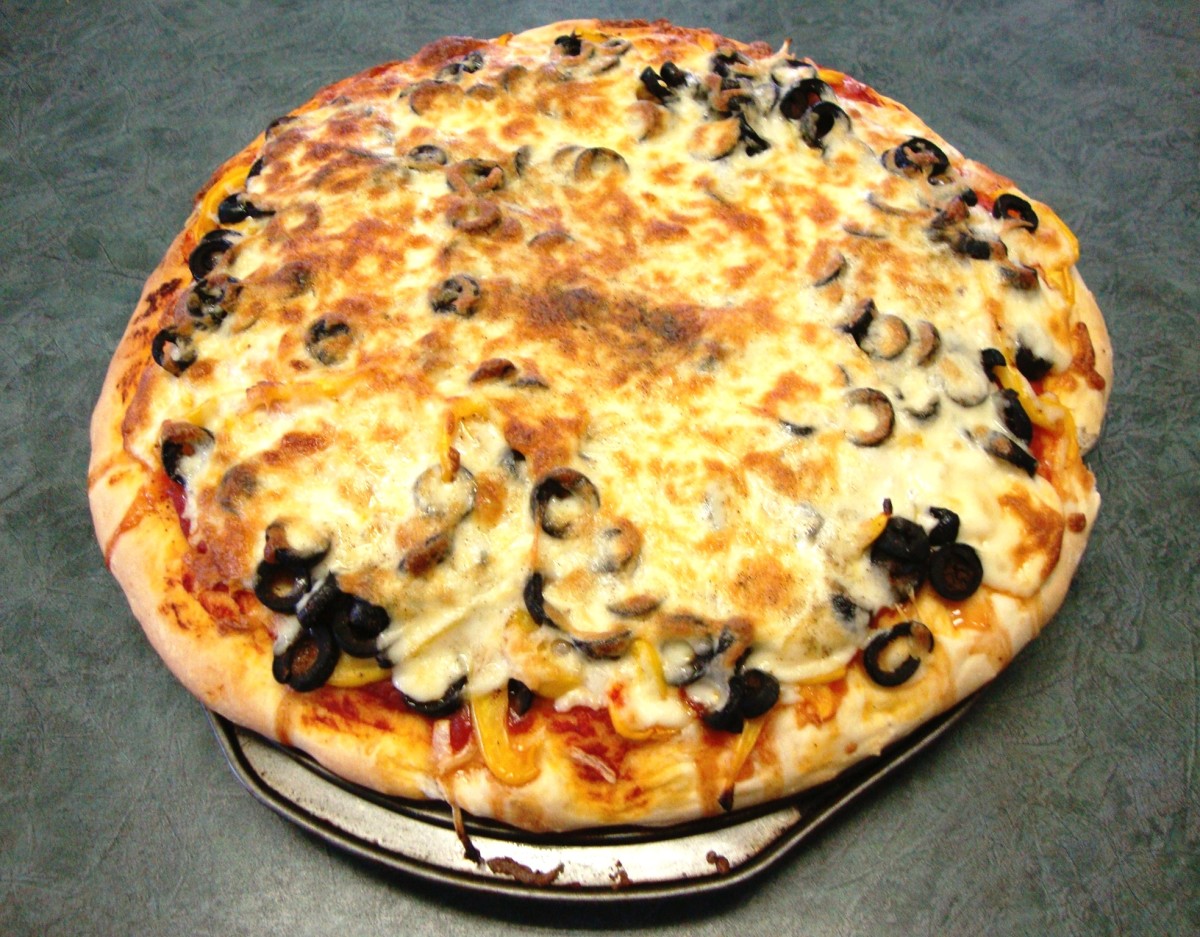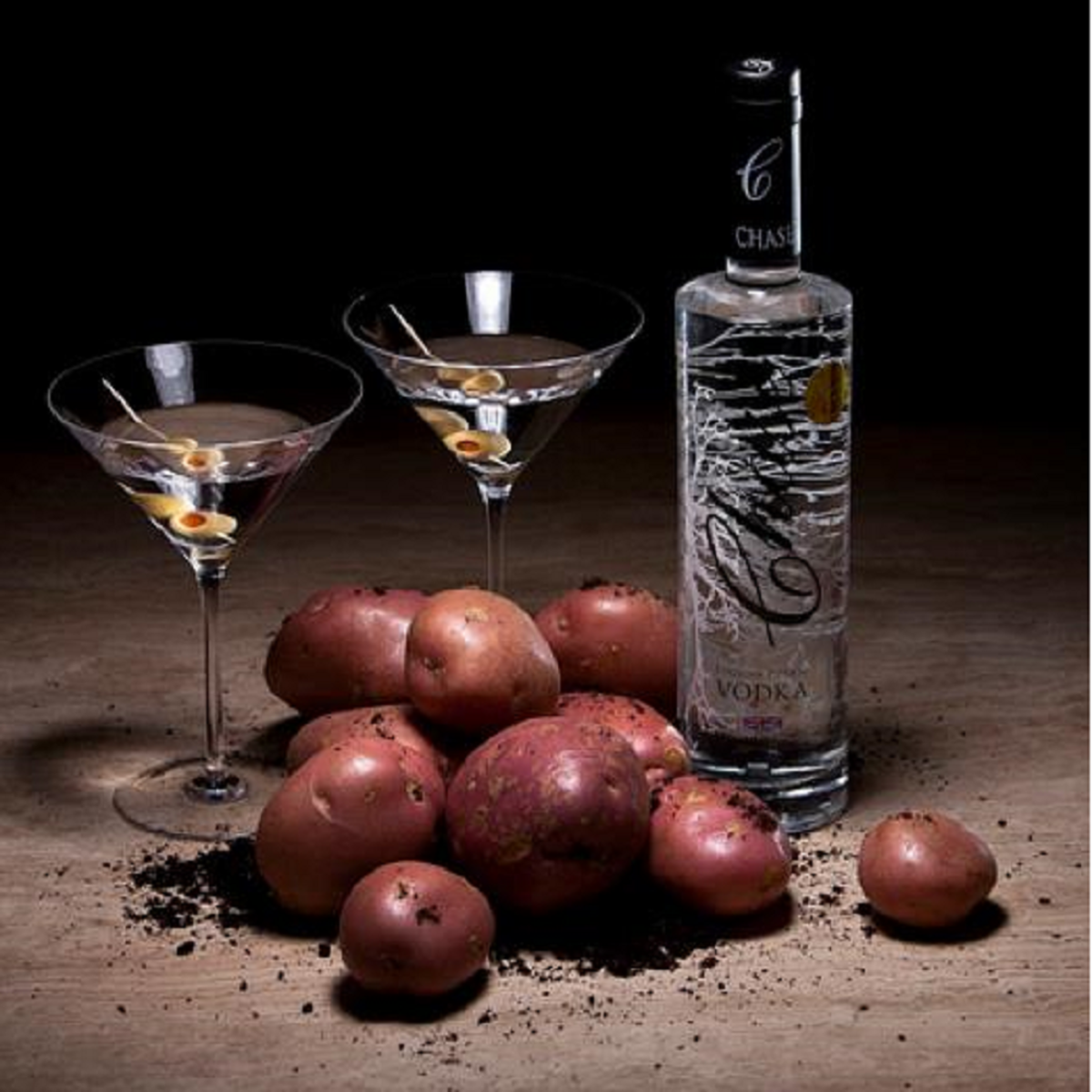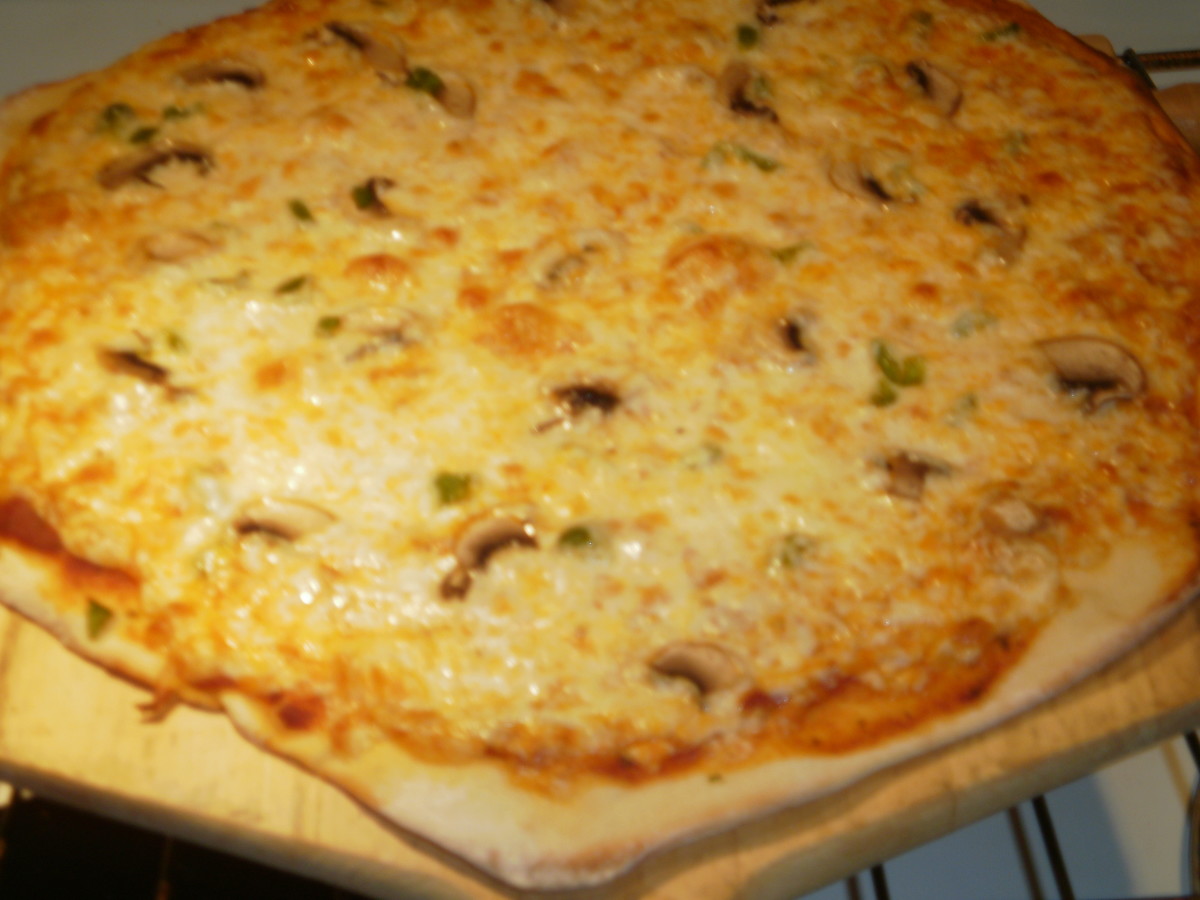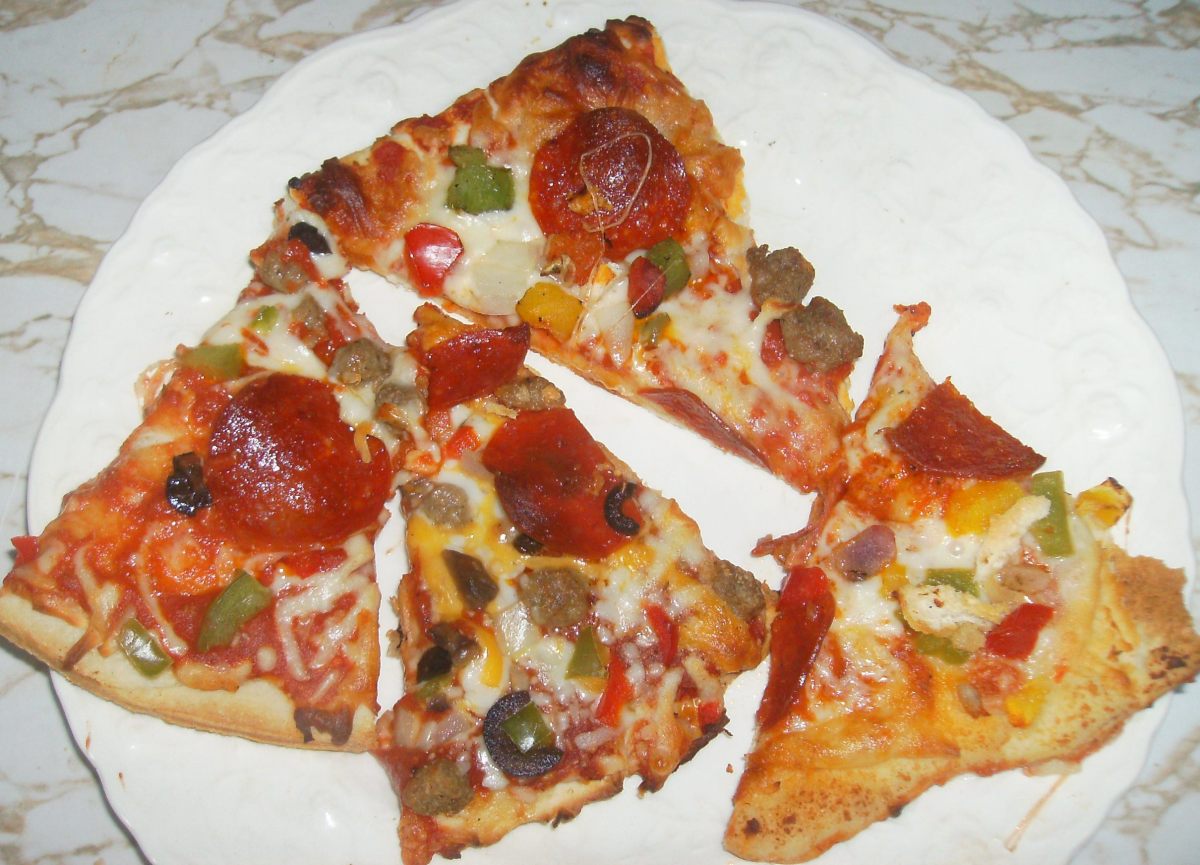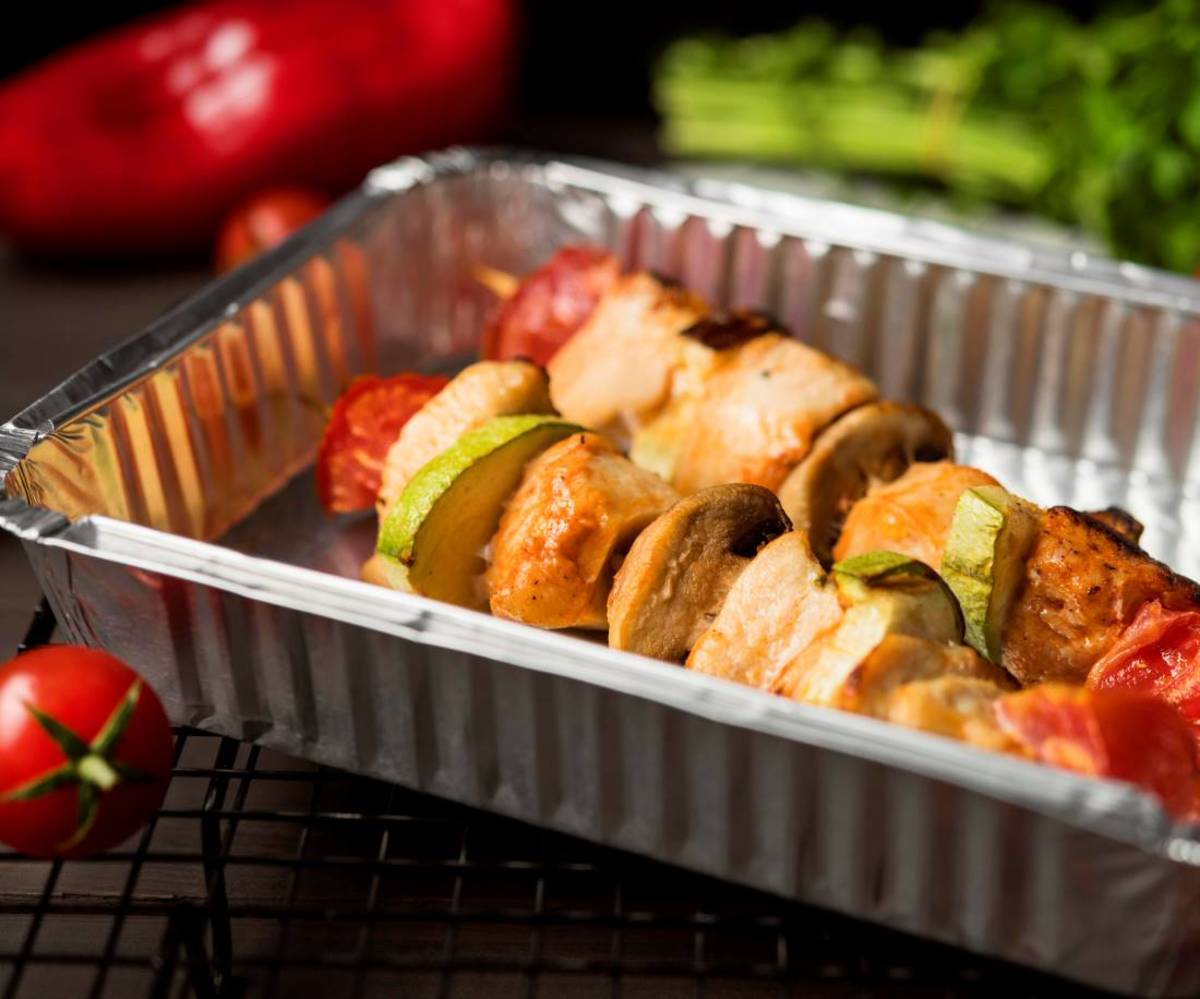The Illustrated History of the Frozen Pizza and How You Can Make a Better Pie
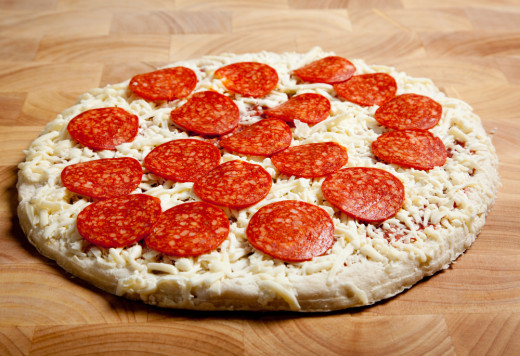
A Bit of Frozen History
Americans love frozen pizzas and it has been a passion for over half a century. As anyone can naturally assume, the concept of the pizza has its origins in the country of Italy. The idea took quite awhile to fully take off in this country with some pizzerias existing as early as 1890. The popularity of the pizza didn't begin until after World War II when soldiers who were returning from Italy craved what they had eaten overseas.
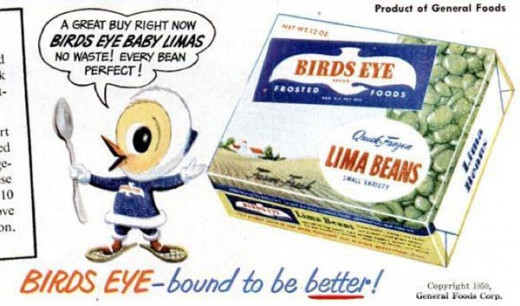
How Can This Be Done?
In order for food to be properly frozen, there must be a method to the madness. Attempts that were made in the early 20th century oftentimes produced either a partially frozen product or one whose ingredients tasted terrible. I am pretty certain that quite a few food-born illnesses were birthed in these virgin efforts.
Clarence Birdseye was the man who ultimately came up with the solution. He observed the Arctic people preserving fish and meats in barrels of sea water and then allowing the Arctic temperatures to freeze the food inside. He decided to try to bring this practice home to America.
"In 1923 Birdseye invested $7 in an electric fan, buckets of brine and a lot of ice." In 1930 he launched his successful "flash freezing" concept under the name of Birdseye Frosted Foods.
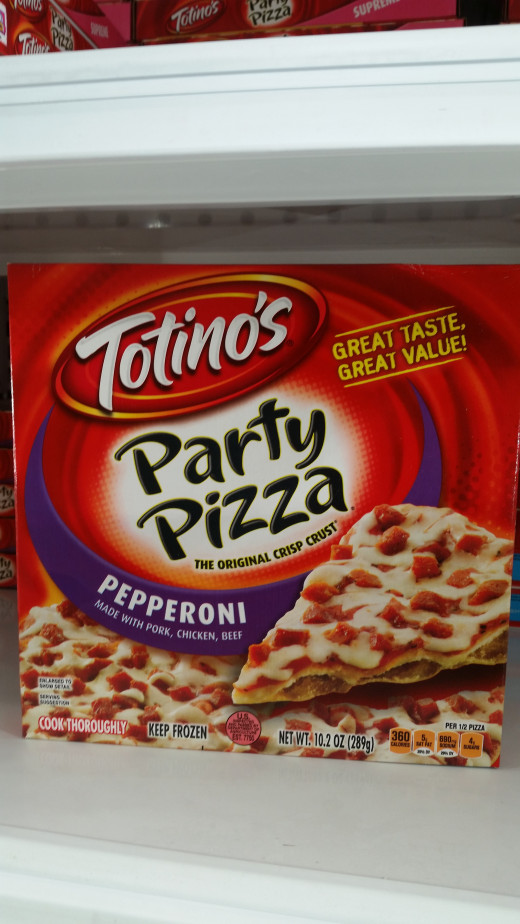
The First Frozen Pie Makes Its Debut
In 1951 Rose and Jim Totino opened the first pizzeria in Minneapolis, Minnesota. Very quickly their product grew in popularity and word of mouth was bringing near instant success to the Totinos. In response to the demand, Jim and Rose began pondering how to ship their pizzas throughout the country in a new way.
After World War II freezers were becoming commonplace and some pizzerias started selling unbaked frozen pies. The Totinos jumped on board with this idea and by the late 1960s had achieved the notoriety of having the best frozen pizza in the country.
Today their Party Pizza is still the most well known choice among frozen pizzas. I know our family not only really enjoys the taste and quality, but more importantly, the price is always right. Many times you can purchase these pizzas at 4 for $5.00.
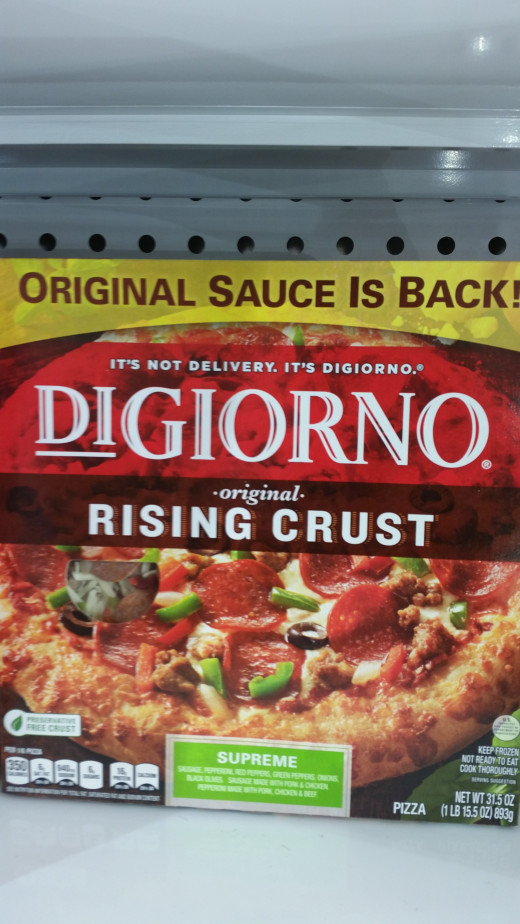
The Dawn of the Rising Crust
One of the big hurdles for frozen pizza makers was the quality and consistency of the crust. The solution finally came about in 1989 when a company in Milwaukee, Wisconsin developed the first "rising crust". The Palermos had established a very well-known pizzeria in the area and their discovery became a godsend for frozen pizza producers.
Nestle's DiGiorno line of pizzas saw an instant success. Americans were amazed at the concept of watching the crust rise up on their favorite pizza loaded with their favorite toppings. For the first time in history the frozen pizza market had a serious competitor for the home-delivered fresh pizza. Sales for rising crust pizzas in general by 1990 had jumped from $1 billion to $5 billion a year.
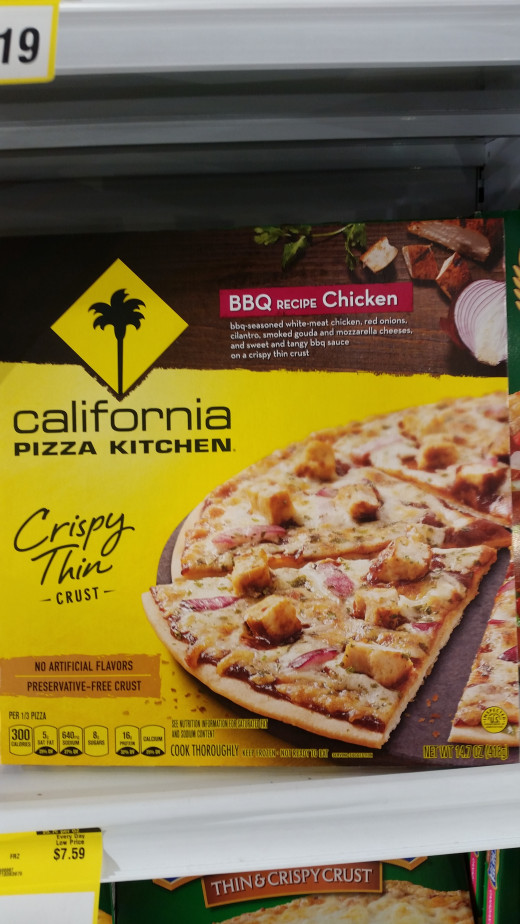
It Really Is From California
Late in the 20th century a couple of attorneys by the names of Richard ("Rick") L. Rosenfeld and Larry S. Flax got together to make a gourmet pizza brand that was determined to make its mark on the industry. California Pizza Kitchens, headquartered in Los Angeles, began popping up all over the United States boasting its unusual ingredients and flare for something new.
The first restaurant was launched on Beverly Drive in Beverly Hills in 1985. The menu was developed by Ed LaDau, the then pizza chef at Wolgang Puck's Spago. On it was the one of their all-time best sellers, the BBQ Chicken Pizza.
The idea took off and became very popular among pizza connoisseurs and by 1992, there were 26 California Pizza Kitchens. Soon, these unique pizzas were hitting the shelves of the local grocer's freezer section. One of my wife's favorite pizzas is the BBQ chicken with red onions and cilantro. It is very tasty.
When we first started buying this pie it was pretty good quality and was consistent with the amount of toppings. It wasn't long, however, before the company decided to change the crust recipe which seemed to then open the door to reduce the amount of toppings as well.
The changes are a disappointment. We don't like the new crust, the smaller size (seems to be trendy these days), and the lack of toppings. Finally I decided that I could do a better job than they were doing. The result of my efforts are the step-by-step instructions that follow.
A Simple Dough Recipe (courtesy Allrecipes.com)
- 1- .25 oz. active dry yeast
- 1 teaspoon white granulated sugar
- 1 cup water, 105 - 110 degrees
- 2 1/2 cups all-purpose flour
- 2 Tablespoons olive oil
- 1 teaspoon salt
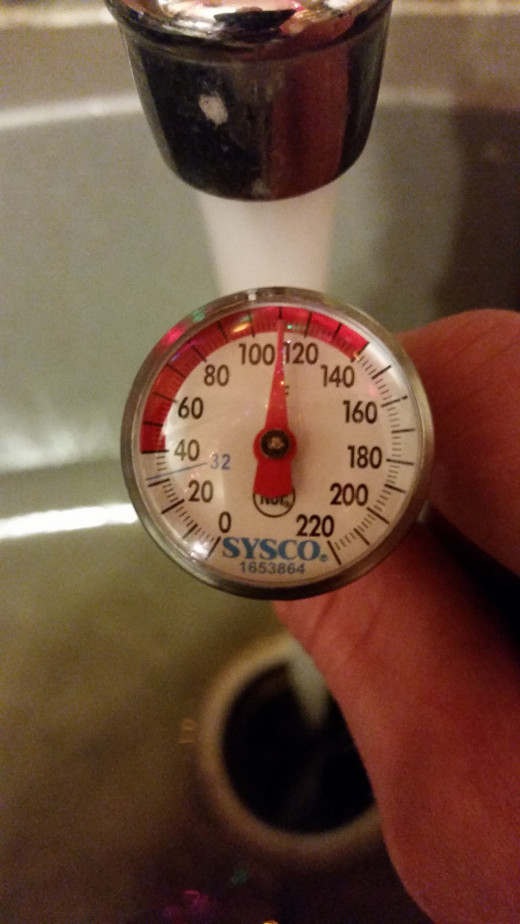
Getting the Right Temperature
Yeast are very sensitive when it comes to the environment that they can thrive in as a culture. The temperature of the water must be between 105 and 110 degrees. If the water is too cold, the yeast will not come alive and, if the water is too hot, it will kill the yeast and you'll have to start over with a new batch.
A very important and key ingredient is sugar. Once you have awaken the yeast from their dormant state, you have to give them something to eat. I'm sure that after you wake up in the morning you are a bear before breakfast or at least that first cup of coffee. Yeast work in the same way. They need an energy source to start their day and simple white sugar in the form of glucose gives them this food.
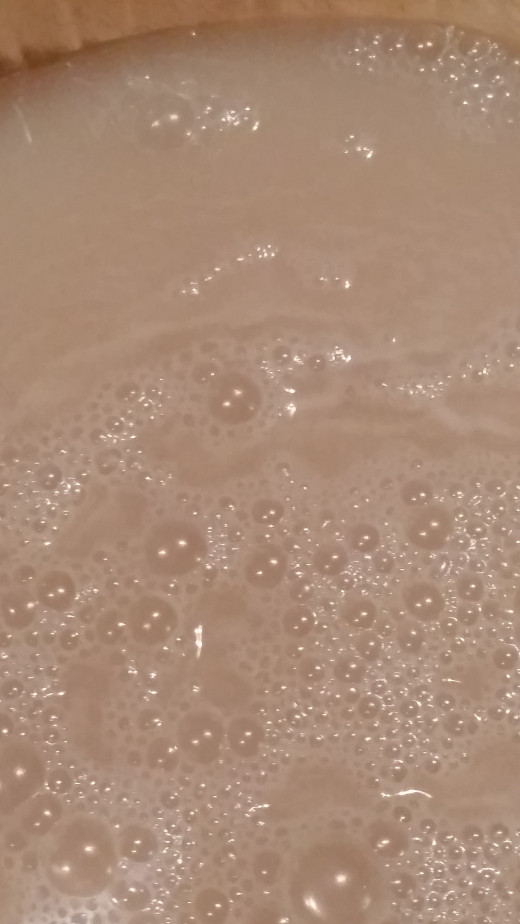
Happy, Happy, Happy!
You want to make sure and mix together well the sugar and yeast with a wire whisk into the warm water. All the particulates should be swiped down from the sides and incorporated into the mix. Now it is time for the yeast to do their magic.
I like to set the bowl on the preheated stove and watch what happens next. In about 3-4 minutes you will begin to see a cloud forming in lines that comes up from the bottom of the bowl. If you swirl the water just a little bit the yeast will begin to "bloom". After a few more minutes the yeast will be fully active and your water will look like the photo. It is now time to add the remaining ingredients

The Finished Dough
Once you have added all the ingredients you want to work the gluten in the flour to make it elastic. I use my fingers to mix everything together loosely, then I dump the contents of the bowl onto a floured wooden table.
Cupping your hands around the pile, press down and begin to incorporate the mix into a ball. You can do this easily in an electric mixer as well, however, I like the hands on method. Here is a video showing you how to properly knead your dough.
Proper Dough Kneading
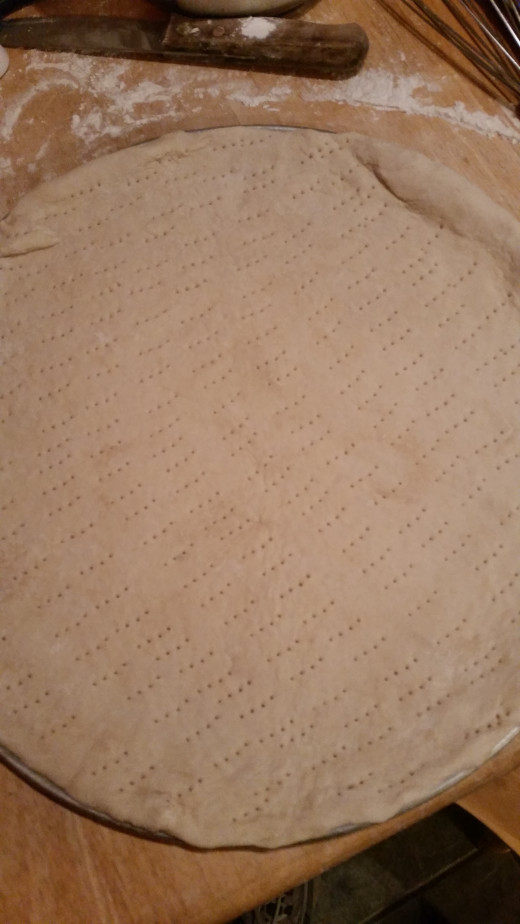
You Gotta Let the Bubbles Out
After your dough is properly kneaded and allowed to rest and proof, you want to roll it out with a pin to about a quarter to a half-inch thickness. Spray your pan with a little canola or olive oil and place the dough on it. Before you put the sauce on you must take a fork and stab holes all through your crust so that when the yeast releases its gases it can escape to the air.
This is what is termed "docking" the dough. If you have ever seen those giant bubbles that push all the toppings aside, well, that is caused from dough that has not been properly "docked".
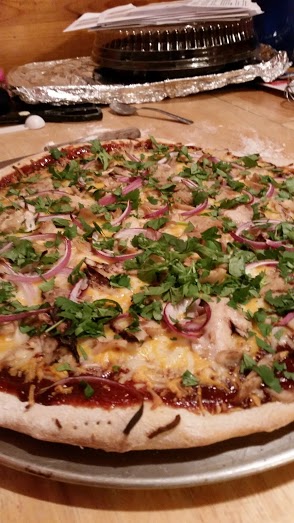
Make Sure Your Oven Is Ready
I usually turn my oven on 450 degrees right when I begin making the dough to take advantage of the heat coming off in order to proof the dough. You should at least give the preheat 10 minutes.
After you smear on the BBQ sauce, mozzarella cheese, diced grilled chicken, and sliced red onion, you want to turn down your oven to 400 degrees and cook for about 10 minutes. Once the bottom gets a little brown, slide the pizza off of the pan directly onto your oven rack and finish baking for about another 8-10 minutes, or until the crust bottom is to your liking and the cheese is melted. After the pizza comes out of the oven, sprinkle with chopped fresh cilantro.
This pizza can be half-baked for 8-10 minutes, cooled to below 40 degrees and then frozen. I recommend wrapping in parchment paper and then placing the pizza inside a jumbo freezer bag for freshness and flavor retention. This process is certainly more work than just buying a pre-made pizza, however, once you've made one and taste it - you may never go back.
I Wonder Which You Prefer...
If you like frozen pizza, which is your favorite brand?
Works Cited
http://allrecipes.com/recipe/quick-and-easy-pizza-crust/
http://www.cpk.com/company/
http://www.lileks.com/bleats/archive/12/0712/0704art/products/2.jpg
http://wonderopolis.org/wonder/who-created-frozen-pizza/

